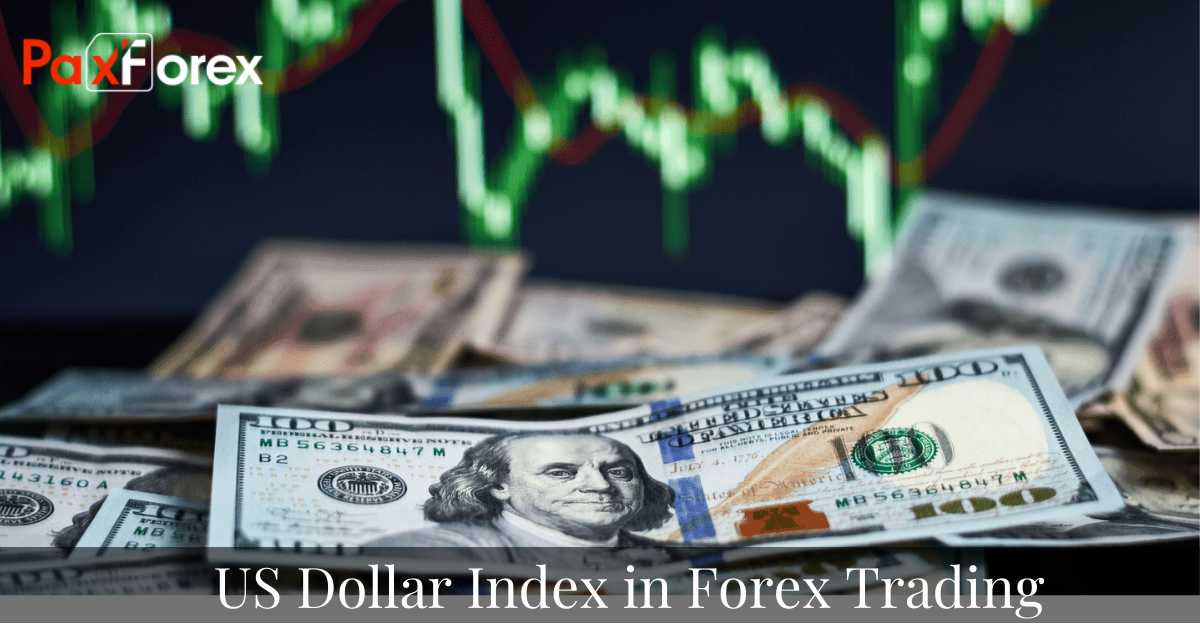
When trading currencies, one quickly realizes that the US Dollar is the currency that dictates the price fluctuations in the market environment. The US Dollar Index is basically showing the strength or weakness of the US Dollar vs. a basket of currencies. This basket represents most of the largest free-floating currencies in the world on a weighted average basis. Kind of like the S&P 500 is used to measure the direction (strength or weakness) of the average stock, we can use the dollar index in the same way for US dollar currency pair trades.
Currency traders globally realize that the American Dollar (USD) is the most traded currency in the world. It forms one part of the most traded currency pairs and is the base currency of choice when trading exotic pairs. Thus, it is ideal for any forex investor working for profits to ensure that they are up to date with USD price movements. Nevertheless, watching the performance of the USD against one currency will not provide an accurate picture of market conditions. It is more prudent to compare the performance of the dollar against multiple other major currencies.
Analysts have begun looking at this index around the 1970s as leaders of the world’s biggest nations back then met in Washington to agree on a standard against which their currencies can float freely against. This means that the value of their currencies is relative to the U.S. dollar. When it comes to predicting forex price moves, technical and fundamental analysis can also be applied to the dollar index to forecast future price action. Trends are monitored and leading or lagging indicators can be applied. Inflection points such as round numbers or retracement levels can also be indicative of potential market corrections or reversals.
Trades on the dollar index occur around the clock on the Intercontinental Exchange in the form of a futures contract, as well as through traded funds (ETF) and options. Many forex brokers offer direct trading in the index as a price difference (CFD) contract. To analyze the dynamics of the USD index, you can apply all standard methods of technical analysis and indicators, as to any currency pair. Do not forget, it is actually traded on the stock exchange. Thus, the USDX analysis allows you to get confirmation of one or another trend in the forex market.
Many financial media outlets report on changes in the U.S. Dollar Index’s value to give their audience a sense of how the U.S. Dollar performed in the forex market as an alternative to noting how individual currencies rose or fell versus the Dollar. The USDX can also be used as an inverse indicator of the strength of the European Union’s consolidated Euro currency since the Euro is weighted at an overwhelming 57.6 percent in the index. The next largest currency weighting in the index is that of the Japanese Yen at only 13.6 percent.







